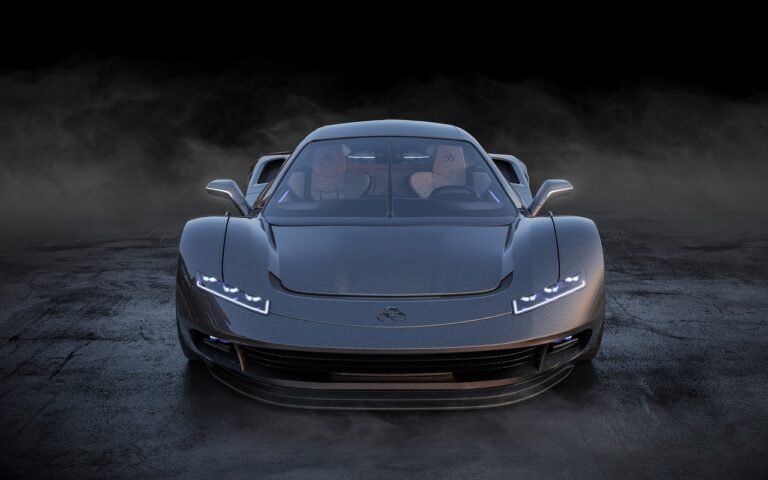The Future of Automotive Retail: Virtual Reality Showroom Design Trends: 11xplay login, King567, Skyinplay.com login
11xplay login, king567, skyinplay.com login: The automotive retail industry is constantly evolving, with new technologies shaping the way cars are bought and sold. One of the most exciting trends in this space is the use of virtual reality (VR) showroom designs. VR has the potential to revolutionize the way consumers interact with vehicles and make purchasing decisions. In this article, we’ll explore the future of automotive retail through the lens of VR showroom design trends.
Virtual Reality Showroom Design Trends
1. Immersive Experiences: VR allows consumers to immerse themselves in a virtual showroom, where they can explore different car models, colors, and features. This immersive experience makes it easier for customers to visualize themselves in the vehicle and get a feel for its look and size.
2. Customization Options: VR showrooms can offer customers the ability to customize their vehicles in real-time, from choosing the color and trim to adding accessories and features. This level of customization creates a personalized shopping experience that can’t be replicated in a traditional showroom.
3. Interactive Features: VR technology enables interactive features such as 360-degree views, virtual test drives, and even virtual reality walkarounds of the vehicle. These features help customers better understand the car’s design and functionality, leading to more informed purchase decisions.
4. Remote Shopping: With VR showrooms, customers can shop for cars from the comfort of their own homes. This remote shopping experience is especially valuable during times when physical showrooms are closed or when customers are unable to visit in person.
5. Enhanced Customer Service: VR showrooms can provide customers with access to virtual sales representatives who can answer questions, demonstrate features, and guide them through the purchasing process. This personalized service helps build trust and loyalty among customers.
6. Sustainability Benefits: By eliminating the need for physical showrooms and reducing the number of test drives, VR showroom designs can help reduce the automotive industry’s carbon footprint. This sustainability benefit is increasingly important to environmentally conscious consumers.
7. Cost Savings: Virtual reality showrooms can be more cost-effective for dealerships than traditional brick-and-mortar locations. By investing in VR technology, dealers can save on overhead costs related to maintaining physical showrooms and staffing sales teams.
8. Brand Differentiation: Adopting VR showroom designs can help dealerships stand out in a crowded market. By offering customers a unique and engaging shopping experience, dealers can differentiate their brand and attract new customers.
9. Data Analytics: VR showrooms provide valuable data on customer behavior, preferences, and interests. Dealerships can use this data to personalize marketing campaigns, improve product offerings, and enhance the overall customer experience.
10. Continued Innovation: As VR technology continues to advance, the possibilities for automotive retail are endless. From virtual reality test drives to augmented reality showroom experiences, dealerships can leverage the latest innovations to stay ahead of the curve and meet customer expectations.
The Future of Automotive Retail
Virtual reality showroom design trends are poised to transform the automotive retail industry in the coming years. By offering customers immersive experiences, customizable options, and interactive features, VR showrooms can revolutionize the way cars are bought and sold. Dealerships that embrace this technology stand to gain a competitive edge and drive customer engagement and loyalty.
The automotive industry is evolving rapidly, and those who adapt to the latest trends will thrive in the digital age. Virtual reality showroom designs offer a glimpse into the future of automotive retail, where technology enhances the customer experience and drives sales. As VR technology continues to advance, we can expect even more innovation in the automotive retail space, creating new opportunities for dealerships and consumers alike.
FAQs
Q: Are virtual reality showrooms only for high-end car brands?
A: Virtual reality showrooms are accessible to car brands of all types and budgets. Dealerships of any size or scale can benefit from adopting VR technology to enhance the customer experience and drive sales.
Q: Can customers make purchases directly from a virtual reality showroom?
A: While some VR showrooms offer the option to complete purchases online, most customers will still need to visit a physical dealership to finalize the transaction and take delivery of the vehicle.
Q: How can dealerships ensure a seamless transition to virtual reality showrooms?
A: Dealerships can work with VR technology providers to design and implement virtual reality showrooms that meet their specific needs and goals. Training staff on how to use the technology effectively is also crucial for a successful transition.
Q: What are some challenges associated with virtual reality showrooms?
A: Some challenges of VR showrooms include the initial cost of implementing the technology, the need for ongoing maintenance and updates, and the potential for technical glitches or issues that could impact the customer experience.
Q: Will virtual reality showrooms replace physical dealerships entirely?
A: While virtual reality showrooms offer a new way for customers to interact with vehicles, physical dealerships will likely remain an essential part of the automotive retail experience. The key is to find a balance between virtual and physical showrooms to meet the needs and preferences of all customers.







